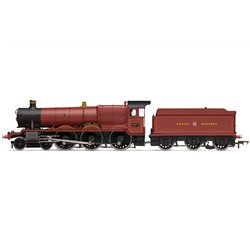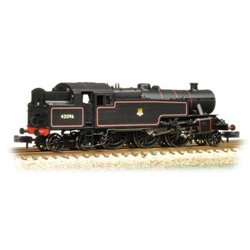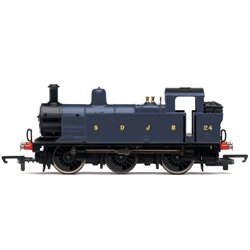Painting ships' hulls red beneath the waterline serves a specific purpose and has been a longstanding tradition in...
No products
Product successfully added to your shopping cart
There are 0 items in your cart. There is 1 item in your cart.
Search Tips
What is the Whyte notation for steam locomotives?
Steam locomotives come in all shapes and sizes, this is because their intended tasks require varying traction ability, speed or hauling capacity. To help accommodate these needs, steam locomotives are designed with different wheel arrangements that are described with a numbered code, for example, 4-6-2 or 2-4-0 etc.
The code itself is not such a mystery, it simply describes how many leading wheels a locomotive has followed by the number of driving wheels and ends with the number of trailing wheels that are present. Leading wheels are the smaller wheels at the front of a steam locomotive, they are used to gently lead larger engines into curves or points. The driving wheels are the powered wheels, they can either be powered directly by a piston or provide traction via being connected to a powered wheel by a side rod. Finally, there are the trailing wheels, again usually much smaller in size than the main wheels, there job is to provide weight distribution for larger or longer locomotives.
Describing wheel arrangements in this way is known as the Whyte Notation after the system's creator Frederick Methvan Whyte, a mechanical engineer. The system takes into account all of a locomotive's wheels so a 4-6-2 locomotive will have 2 x leading wheels, 3 x driving wheels and 1 x trailing wheel on each side.
The system is typically the preserve of steam engines, however, as some early types of diesel or electric locomotives and most shunters also have wheel arrangements akin to steam engines, they too use the system.
Often in articles or lists of engines describing an engine's features, the wheel arrangement can be depicted using an upper and lower case letter O. When the information is displayed in this way a 2-6-0 locomotive will appear as oOOO and a 2-4-2 as oOOo etc.
Click here to receive the tips weekly in your mailbox. You can unsubscribe at any time.










